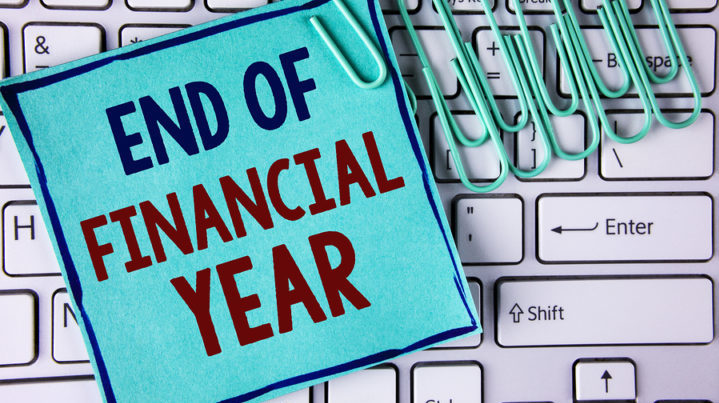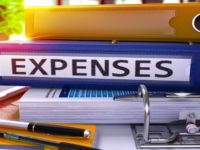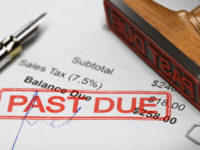The end of the financial year is imminent, and this can be a challenging time for SMEs, especially for new business owners with limited resources and manpower, who are looking for ways to maximise their tax returns.
However, this doesn’t have to be. In fact, The Federal Government has implemented initiatives to reduce tax for businesses and by combining this with a few simple tips and tricks, businesses should find completing tax returns easy.
There are just a few things businesses should be mindful of, to best prepare for the EOFY, and to ensure you are getting the best refund possible.
A first step should be writing off any depreciating assets such as business vehicles and equipment up to $150,000. As a consequence of the pandemic, the government expanded its instant asset write-off scheme for small businesses to encourage business spending, and therefore writing off depreciating assets should be a priority.
Secondly, I’d advise bringing forward tax-deductible expenses such as maintenance and repairs into the current year or as a monthly cost, as this will contribute to the rate of your return. It means monthly costs such as rent, electricity or wages can be prepaid and claimed at the end of the financial year for a period of up to 12 months. This will bring forward your deduction into the 2023 tax year.
Next up, I’d encourage business owners to consider company contributions, such as paying into superannuation before 30 June, to maximise levels as it can be an effective tax planning and wealth accumulation strategy. This should also be considered as part of a wider tax planning exercise with your accountant, and with reference to your personal wealth management plan.
I’d advise delaying the exchange of contracts to sell an appreciating capital asset. This is so any gain is only accessible in the 2024 tax year. Similarly, if you have made a capital gain this year, then release any capital losses to offset these capital gains.
Somewhat key, you should take the time to review your business’s bad debts, as if your business has any bad debt, you can claim back the tax you’ve previously paid on it. It’s important to write off any bad debt your business has before the end of the financial year. To receive a refund on the GST you’ve already paid, the bad debt needs to be included in your June quarter BAS or annual GST Return. There is no good reason to keep paying tax on something when the payment won’t be received, and it is a significant cost to the business. So, make it a priority to write off any before 30 June 2023 to lower your taxable income.
In addition, manage your company funds accessed during the 2023 tax year by way of loan, payment or debt forgiveness could be treated as deemed unfranked dividends, if not documented properly. Ensure that such loans are either repaid or documented and made subject to minimum interest and repayment terms before the lodgement day of the company’s tax return.
Lastly, carry back your company losses as eligible companies can claim an offset in their 2023 tax return for tax losses (revenue only, not capital losses) incurred in the 2020, 2021 and 2022 tax years. As it is a refundable tax offset, it may result in a cash refund.











